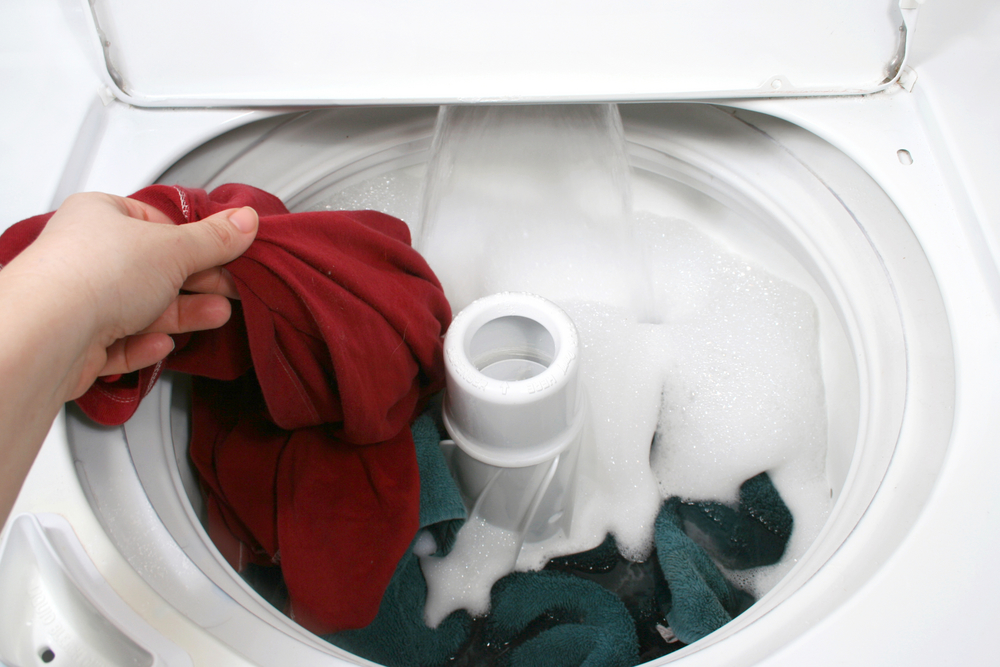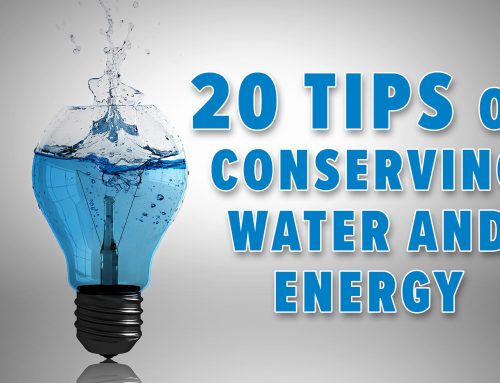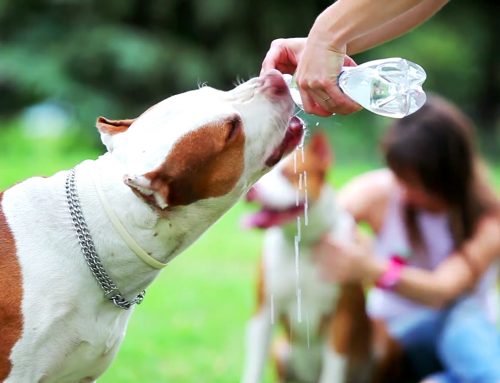Here’s where you’ll find some more thirsty appliances. Depending on how old these workhorses are, you might realize a significant savings in the long run — in both water and energy usage — if you replace them. The washing machine, for example, is the second largest water user in your home, accounting for as much as 22 percent of the total residential water use.. Today, there is a good variety of high-efficiency (HE) clothes washers on the market, most with the front loading drums that require only 27 gallons or less per load. In comparison, conventional washers between 1980 to 1990 used roughly 56 gallons of water per load, so this is a savings of about 50 percent! If you combine the conserving technology with efficient use practices — running only with full loads, selecting minimum volume settings and shorter was cycles — even more savings are possible.
In the kitchen, the way you use your dishwasher and garbage disposal can impact the amount of water they consume. The water efficiency of dish washers has improved steadily since the mid 1990’s and, since they are typically not used more than once a day, they do not account for a huge portion of the household demand. Today’s newer, efficient models, however, use only half of what the earlier ones did…about 7 gallons per load.
Avoiding waste is the key here…and using a dishwasher properly can actually consume less water than doing them by hand. Use with full loads only; minimize pre-washing by scraping off food using a utensil not water; make sure dishes are positioned to get good water flow during the cycle; and select the shortest practical cycle. Garbage disposals use a surprisingly large amount of water as they grind solid food waste into small particles that water washes down the drain. Consider composting your food scraps…this saves water twice — in the kitchen and in the final organic product which reduces the need for water for your plants.






